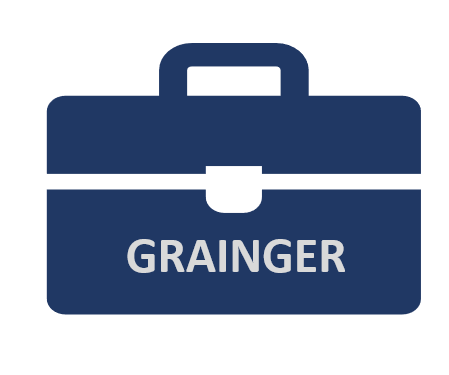The Agile Toolbox is different from the traditional project manager toolbox. If you intend to manage agile projects, you need to adopt the agile way of working, including team, iterations, sprints, and stand-up meetings; a good start is to read The Agile Manifesto and the Principles behind the Agile Manifesto
Agile development is based on the close involvement of end-user with frequent feedback. Cross-organizing teams work with the iterative development of a product where the work is organized into a priority backlog (according to business or customer value). The goal of each iteration is to produce a working part of the total product.
In the agile idea, management should encourage cross-organizing teamwork, accountability and frequent dialogue. Representatives from the business work closely with developers to ensure the final product is in line with customer needs and company goals with the product.
The agile development approach focuses on flexibility, continuous improvement and high speed, and the benefits that can be experienced are:
- The end product is unknown: The agile approach is perfect for projects where the end product is unclear. As the project progresses, the end product will be better defined in detail and development work can easily be adapted to new requirements.
- Faster deliveries of the right quality: Breaking down the project into iterations with smaller clumps of work means that the team, through each iteration, can focus on the quality of development work, testing and collaboration. Conducting tests in each iteration results in errors being identified and resolved quickly.
- Strong collaborations and interactions: Agile thoughts are based on a guiding principle of frequent interaction and communication. This leads to a shared understanding and forms the basis for the team to take responsibility for the work they have to do.
- Changes are anchored faster: With short iterations and frequent rescheduling, it’s easy to integrate new needs into the backlog. The backlog is continuously updated and prioritized before each iteration.
- Customer focus: Customers or end-users have many opportunities during the agile project to see parts of the solution delivered, provide feedback and influence the results of the end product. They work closely with the project team and ensure an early anchorage.
- Continuous improvement: Agile thought encourages systemic and frequent gather feedback from users and members of the project so that learning can be implemented quickly in the upcoming iteration.
Some would say that the agile way of working is a team sport where the participants share a common goal and values, Ex:
- Ownership of the Project
- Mutual Respect
- Total Commitment
- Empathy and Awareness
- Adversity Management
- We Thinking
- Relinquishment of Ego
- Kinetic Leadership
A high-performance team with shared values are the key to agile success. And I fully agree with these values defined by Robyn Benincasa, who thought out the values with her Adventure Racer teams.
One of the first widespread agile methods was SCRUM; a method developed based on the principles of The Agile Manifesto introduced by Jeff Sutherland and Ken Schwaber at the beginning of this century.
